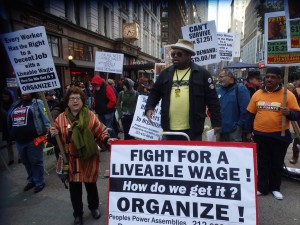Who doesn’t love the hairpiece? Seriously. Donald Trump’s the poster child, perhaps, for a special kind of hair, but also for just mega-success, so you’d have to expect that such a man knows a bit about financial forecasting failure. How does one see all the wrong signs and then walk into a financial wall of fire? Very simply, actually, as detailed here:
It’s All About Accuracy When it Comes to Financial Forecasting
Hence, if you don’t have it, you’re going to lose. You’re fired as Donald Trump would say. Given he’s probably one of the most prolific entrepreneurs of our age, these tips would go quite well with his business ethic, so as someone who may be considering everything from a cloud-based bookkeeping service to a rent-to-own consultant or even a 2-hour tax return, you might like to consider the content here as a wealth of resources —
- Go Easy on the Sales Growth — That means focus on a daily sales cap. Remember: growth is good, but don’t try to grow your business too much.
- Be Careful With Business Taxes — This applies to your everyday annual tax liability. Make sure you have an in-house CPA for this one, people.
- Be Skilled With Cash Flow Investments — Or just outsource to someone who can do it! Your income tax planning specialist can get you on the right track. Just read about it more right here.
- Beware the Income Line When It Comes to Cash Flow Forecasting — In other words, the big mistakes don’t happen from the ground up. They happen right at the top. Read this and be careful with the forecasting, please.
And that’s just the beginning. You can read more about it at the Income Tax Planning Network and Cloud Based Bookkeeping, getting access to services that’ll keep you on the right track with your business finances. But more importantly….
“You Have to Think Anyway, so Why Not Think Big?”
Donald Trump said that. Wise words. He also said all the women on the show “The Apprentice” flirted with him, either consciously or subconsciously. We won’t judge. After all, he’s a successful businessman.
Share
Follow Us!



